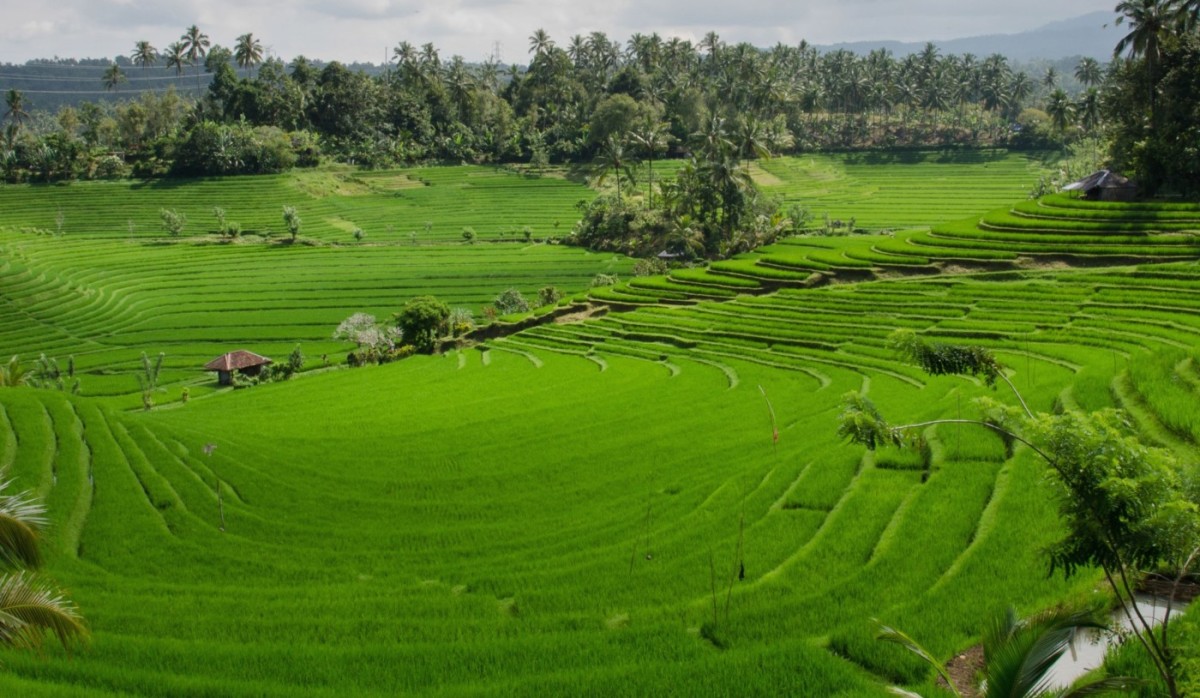Towards a “Peoples” Agroecology
Author: Blain Snipstal
This is the first article of the series “People’s Agroecology,” written by Blain Snipstal, a returning generation farmer part of the Black Dirt Farm Collective in Maryland. As part of the continuation of the 2015 Campesino a Campesino Agroecology Encounter led by farmworkers in the US, Blain visited four leading organizations in the US and Puerto Rico in this effort to learn more about challenges and current practices to advance their goals through Agroecology.
The place of Agroecology
As people in struggle, our causes, and our organized efforts do not exist in a vacuum. They are efforts that, taken into the historic contexts in which they appear, are created by and/or in response to the conditions of their time. It is within this vein that the articulation of agroecology in the US should be located, and as part of the 500 year (plus) process of struggle and resistance.
It is also critically important to situate agroecology as a tool for social struggle – that is, to use it to fundamentally change the relations of power in the food system and as way for healing of our Mother Earth, at local and national levels. It is not just a mere form of “Sustainable Agriculture”. To be clear, it is not about situating one word against another like permaculture versus agroecology, or sustainable agriculture versus biodynamic – to do so would limit the narrative to its ecological boundaries. It is about a series of ecological principles and values, the revalorization of local/traditional/indigenous knowledge, bringing dignity and vibrant livelihoods back to rural life and food systems labor, and a clear alternative to the industrial model of agriculture. Agroecology is a political and social methodology and process, as much as it is an ecological alternative to Agribusiness. This clarity is especially important given the current efforts by NGO’s, community based organizations and social movement organizations that are raising the banner of agroecology in the United States.
Why Agroecology? Who is advancing and using agroecology in the US? Why situate political training and leadership development while developing agroecological systems? These are some of the questions to explore and discuss throughout this series.
Starting from the bottom
The industrial food system as we know it today is the child of the plantation system of agriculture. They are both built upon exploited labor, dispossession and exploitation of land from indigenous peoples, the destruction of rural culture and land, consolidation of power and land in the ruling classes, and the forced migration of peoples. The plantation system was the first major system used by the colonial forces in their violent transformation of the Earth into land, people into property, and nature into a commodity – all to be sold on the “fair” market. This transformation was long, crafted and violent, and supported by the state. Land was stolen from the Indigenous and people were stolen from Africa. Race and White Supremacy were then created to give the cultural and psychological basis to support the rationale, organization and logic of capital. The church was implicated in deepening the rationale of slavery. Violence against women and gender-based violence further drove the normalization of servitude home. This was all woven into the fabric of the plantation system of agriculture in the South, during its development from the 16th to the 19th centuries.

